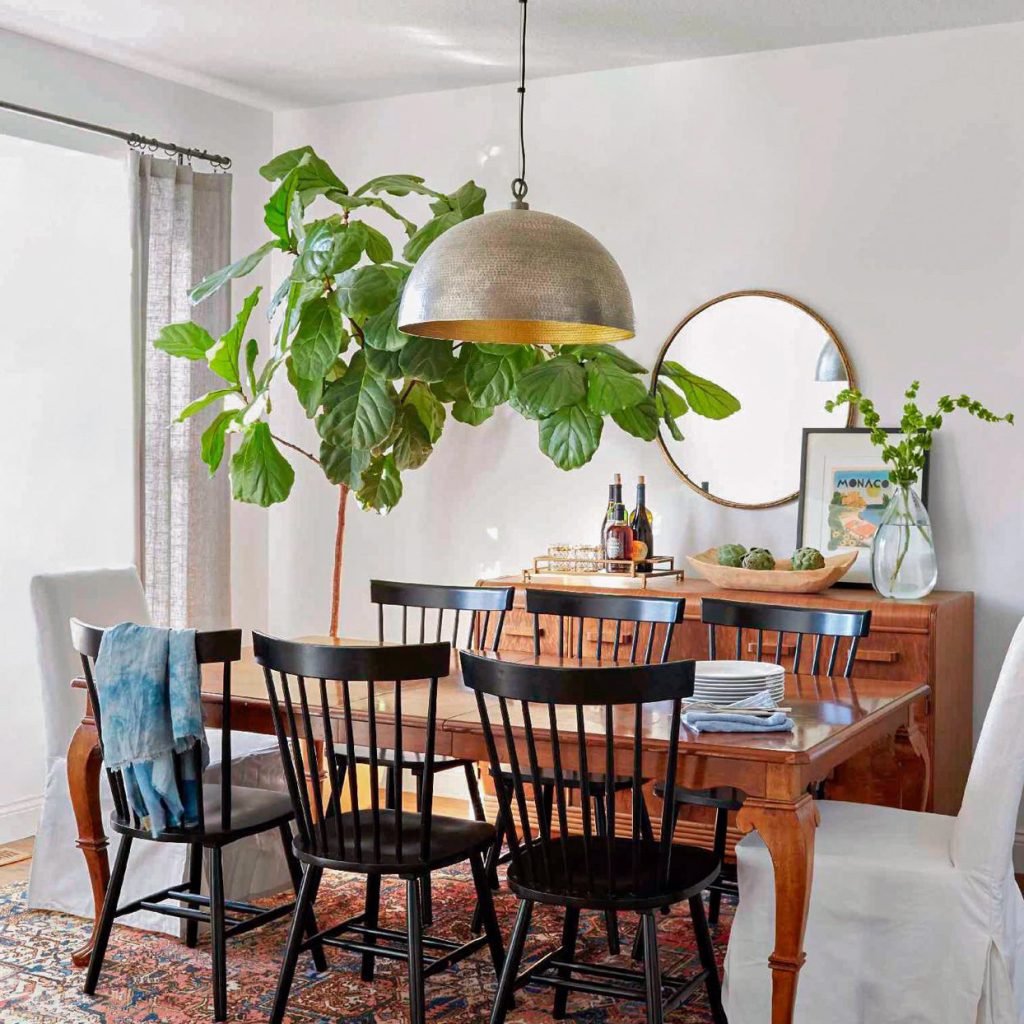Introduction
Chandeliers are one of the most elegant and opulent lighting fixtures in the world. Their sparkling crystal and delicate metalwork have graced the halls of castles, palaces, and mansions for centuries. In this article, we will explore the fascinating history of chandeliers, their evolution over time, and their enduring popularity in modern interior design.
The Early Days of Chandeliers
The earliest chandeliers date back to medieval times when they were used in churches and castles. These fixtures were made of wood and held candles or oil lamps. They were often elaborate in design, featuring intricate carvings and medieval motifs.
During the Renaissance, chandeliers began to evolve into more ornate and complex designs. They were made of metal, often gilded, and adorned with crystal and glass beads. It was during this time that chandeliers became symbols of wealth and power, and they were frequently displayed in the homes of the nobility.
The Rise of the Crystal Chandelier
In the 17th century, crystal chandeliers became all the rage in Europe. These fixtures consisted of a metal frame covered in glass or crystal prisms that refracted light into a dazzling display. They were often commissioned by royalty and the wealthy elite, and their beauty became synonymous with the Baroque and Rococo styles of the time.
By the 18th century, crystal chandeliers had become more affordable and were popular in middle-class homes as well. They were also used in public spaces such as theaters, concert halls and opera houses. These fixtures were designed to impress, and their grandeur became a symbol of elegance and sophistication.
The Art Nouveau Era
In the late 19th and early 20th centuries, a new style emerged – Art Nouveau. This movement was characterized by flowing lines, organic shapes, and whimsical details. Chandeliers of the Art Nouveau era were often made of wrought iron and featured intricate designs of leaves and flowers.
The Art Nouveau style was followed by Art Deco, which was characterized by geometric shapes, clean lines, and bold color choices. Chandeliers of the Art Deco era were often made of chrome, glass, and Bakelite, and they incorporated sleek, modern design elements.
Chandeliers Today
Today, chandeliers continue to be a popular lighting choice in interior design. They are found in a wide range of styles, from traditional crystal chandeliers to modern, minimalist fixtures. They are used in homes, restaurants, hotels, and other public spaces.
One of the most significant changes in recent years has been the switch to LED lighting. LED chandeliers are incredibly energy-efficient and long-lasting, making them a smart choice for eco-conscious homeowners.


